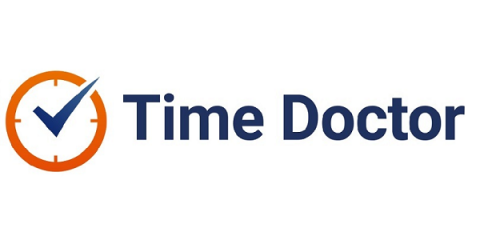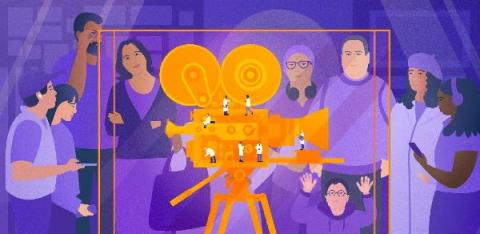Teams | Collaboration | Customer Service | Project Management
Latest News
How I used Unity and Courier to Create a Notification-based Game
Hello, world! I’m Matt Graber. I just finished my undergrad at the University of Maryland. I started my game development career back in freshman year in the UMD AR club. I used to teach other students how to create augmented and virtual reality experiences with Unity, a cross-platform game engine. I also enjoy informal game jams and larger projects in Unity with fellow developer friends. Recently, I won the sponsored prize at the Bitcamp hackathon for building Package Person
What Will the Offices of the Future Look Like?
The Covid 19 pandemic has encouraged a work-from-home culture for most employees. But this can continue in the post-covid world too. Some companies may adopt a better work system called flexible work, letting employees choose their work timings and location. Workplaces that accommodate this system are the offices of the future . These offices combine the best qualities of traditional offices and remote work, like easier interaction and flexibility.
6 tips for designing an effective office reopening plan
Companies across the world are thinking about reopening their office doors and welcoming their employees back when it’s safe. Too many, though, are adopting a “wait and see” strategy—that is, they’re planning to unlock their doors and wait to see which—and how many—employees show up. Companies that adopt this approach are setting themselves up for irreparable damage.
Conway's Law: the little-known principle that influences your work more than you think
10 best sales management software for small businesses
As a company grows, its ever-expanding sales team needs a capable CRM system to keep track of prospects and customers. Sales management software is used by many salespeople to organize their contacts, manage their pipeline, and streamline workflows and organizational processes for maximum efficiency—allowing small businesses to get bigger. Before settling on one CRM platform, it’s important to carefully consider your criteria and weigh the pros and cons of the most popular options.
Why the customer is not always right
“The customer is always right.” If you’ve ever worked a day in the service industry, you’ve seen this slogan plastered on a break room wall. The idea was coined by a turn-of-the-century retailer, and it’s so common that many businesses make it a mandate for their customer service teams. But, like any principle, “the customer is always right” shouldn’t be taken literally.
7 Collaborative Processes A Leader Must Follow
Collaborative processes are essential to create an organization that is on the same page and in sync with one another. A collaborative process and culture in the workplace is defined as the existence of open and free-flowing interchange of information, data, skills, and sometimes even customers and clients when necessary. It is the opposite of a “hoarding” culture, where employees feel that every man or woman is out for themselves.
How to Manage a Phased Return to Work (2021 Guide)
While the COVID-19 pandemic has changed workplace dynamics globally, many businesses are now opening back up. If you want to get your employees back to doing their full duties or working from an office, you may face a few challenges. Some employees may look forward to the change, while others may be nervous or unwilling to cooperate. A phased return to work may be the solution to this human resources dilemma.
How a Website Translation Company uses OneDesk for their sophisticated ticketing system and internal project management efforts
For companies that have very established workflows for their ticket and project management, it can be difficult finding the right software to properly reflect them. In certain instances where the workflows are a little less traditional, it can be even more of a challenge to ensure the right customizations are possible. When a translation company came to us with some specific use cases in mind, we knew that this would be a great test of OneDesk’s abilities.










